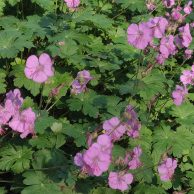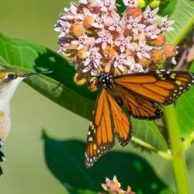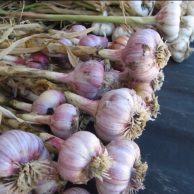 We generally agree that the term “Xeriscape” (water–conserving landscape) applies to plantings watered deeply one a week. However, in July it’s safer to water twice a week. At Harlequin’s Gardens, some of our shrubs and trees are only watered once a month, and twice in July. One of our gardens of mostly native shrubs and trees is never watered.
We generally agree that the term “Xeriscape” (water–conserving landscape) applies to plantings watered deeply one a week. However, in July it’s safer to water twice a week. At Harlequin’s Gardens, some of our shrubs and trees are only watered once a month, and twice in July. One of our gardens of mostly native shrubs and trees is never watered.
What does that mean, “water deeply“? It means that when you irrigate by hand or sprinkler or drip, the soil should be moist to a depth of at least 4″. Moisture meters and the old ‘screwdriver test‘ are not as accurate as digging a small hole 4 to 6” deep and feeling the soil. If it is dry at 4″ just after watering, you will need to water longer.
You can water less frequently if:
1-You have added compost to your soil
2-You have added expanded shale (10-20% by volume) to your soil
3-You have inoculated your plant roots (especially at planting time) with beneficial mycorrhizal fungi 4- you have covered your soil with mulch, or if your plants cover and shade the soil.
Do not:
1-Water lightly every day (except if temperatures exceed 95 degrees); it encourages shallow rooting and evaporates rapidly.
2-Water deeply more than twice a week, creating saturated soil that excludes air (plants and beneficial soil life need air as much as they need water).
3-Plant too close together, creating competition for water. It’s better to mulch the gaps between plants while you wait for them to fill in.
4-Mix plants with high and low water needs in the same planting bed.
When you plant in July:
1-Prepare the soil well, incorporating 30% compost (a 1-2” layer spread on top and then dug in to a depth of 6“)
2-Inoculate the roots of the new plants with mycorrhizae, which will vastly improve transplanting success of most species
3-Treat your new ‘babies‘ as if you’d just brought them home from the hospital, i.e. water them frequently, shield them from hot sun with shade cloth or another source of shade until you see new growth. Then you will know that their roots have reached into the surrounding soil.
4-Place a ‘flag‘ next to every new plant so you can quickly see which plants need the most attention. 5- If your soil is very dense clay (a 10“-deep hole holds water for 30 minutes or longer, add expanded shale (10-20% by volume) along with compost.
6-If you’re leaving town, even for just a few days, give your special watering jobs to someone you would trust with your life.

 We’re seeing cherries everywhere we go this summer! There were so many on the trees in the Harlequin’s Wholesale area that our Retail Manager Beth just had to make a pie for our co-workers.
We’re seeing cherries everywhere we go this summer! There were so many on the trees in the Harlequin’s Wholesale area that our Retail Manager Beth just had to make a pie for our co-workers. Fire-wise landscaping should focus on creating a ‘defensible space’ around your home. In “Firewise Plant Materials,” a fact-sheet for the CO Cooperative Extension, F. C. Dennis defines this: “Defensible space is the area between a structure and an oncoming wildfire where nearby vegetation has been modified to reduce a wildfire’s intensity,” and therefore, reduces risk to property.
Fire-wise landscaping should focus on creating a ‘defensible space’ around your home. In “Firewise Plant Materials,” a fact-sheet for the CO Cooperative Extension, F. C. Dennis defines this: “Defensible space is the area between a structure and an oncoming wildfire where nearby vegetation has been modified to reduce a wildfire’s intensity,” and therefore, reduces risk to property. It’s not ideal, but sometimes you have to plant in the middle of a heatwave. Fortunately, it can be done successfully, even here in the high, windy and dry zone. High temperatures, wind and strong sunlight cause water to evaporate from plant leaves faster than the roots can take up water.
It’s not ideal, but sometimes you have to plant in the middle of a heatwave. Fortunately, it can be done successfully, even here in the high, windy and dry zone. High temperatures, wind and strong sunlight cause water to evaporate from plant leaves faster than the roots can take up water.
 We know that not all of customers live in a house with a yard. Many of you live in apartments or condominiums or townhomes and have only a balcony or a very small patio on which to grow anything outdoors. We would love to help you make the most of your outdoor space, even if it’s tiny.
We know that not all of customers live in a house with a yard. Many of you live in apartments or condominiums or townhomes and have only a balcony or a very small patio on which to grow anything outdoors. We would love to help you make the most of your outdoor space, even if it’s tiny.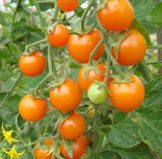
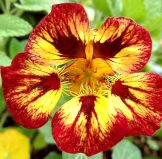
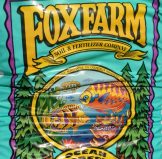
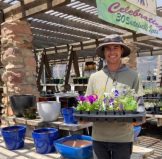 TERRACOTTA (unglazed, low-fire clay)
TERRACOTTA (unglazed, low-fire clay)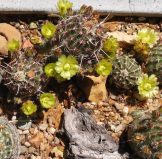

 Right now, we have our biggest selection of highly desirable plants for the season. Some of them are unusual and available in limited quantities. This includes a number of very choice native perennials that are very hard to find and will sell out fast, like:
Right now, we have our biggest selection of highly desirable plants for the season. Some of them are unusual and available in limited quantities. This includes a number of very choice native perennials that are very hard to find and will sell out fast, like: So many very special experiences!
So many very special experiences! 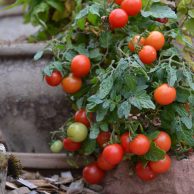
 It’s time to plant!
It’s time to plant!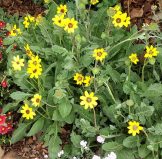

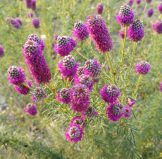



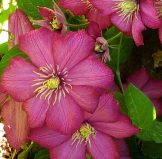

 Our compost tea will be ready this week, hopefully by Friday. Our tea has always been good, but this year we are working on making it even better. Please let us know if you can see good results from using it, and if it seems to be more effective.
Our compost tea will be ready this week, hopefully by Friday. Our tea has always been good, but this year we are working on making it even better. Please let us know if you can see good results from using it, and if it seems to be more effective. XERISCAPE TREES AND SHRUBS for SUN
XERISCAPE TREES AND SHRUBS for SUN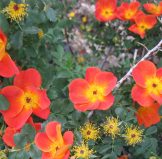
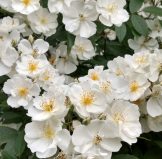
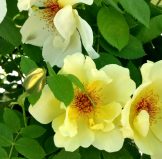
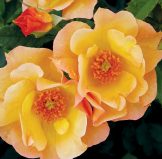
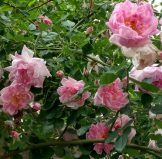
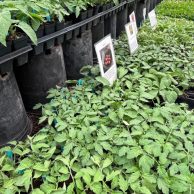 The Peppers are Coming!
The Peppers are Coming! 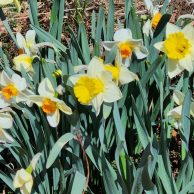 Dear Friends and Fellow Gardeners,
Dear Friends and Fellow Gardeners,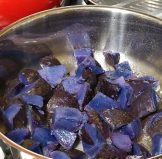
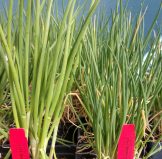
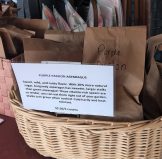
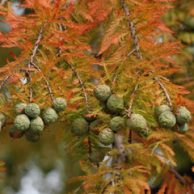
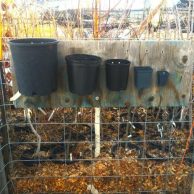 At Harlequin’s Gardens, we’ve been reusing and recycling black plastic nursery pots since day one. It is very important to us that we minimize our plastic waste. We have always encouraged our customers to bring back to us the nursery pots that came with the plants you purchased from us, and you have responded with enthusiasm, which we appreciate!
At Harlequin’s Gardens, we’ve been reusing and recycling black plastic nursery pots since day one. It is very important to us that we minimize our plastic waste. We have always encouraged our customers to bring back to us the nursery pots that came with the plants you purchased from us, and you have responded with enthusiasm, which we appreciate!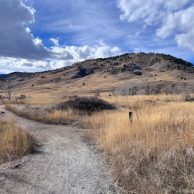
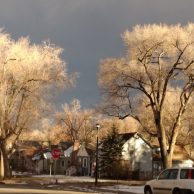
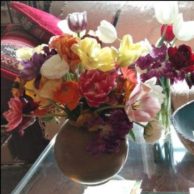 In our culture today, Valentine’s Day immediately brings to mind Romantic Love, Flowers, Gift-giving and Chocolate. And though this very old Saint’s Day has now been commercialized to the Nth degree, it’s still one of the happier occasions we celebrate, so why not enjoy it in our own way? Romance, Love, flowers, gifts and chocolate are all very positive and uplifting. And we have some recommendations for all of those categories except Romance (you’re on your own there!).
In our culture today, Valentine’s Day immediately brings to mind Romantic Love, Flowers, Gift-giving and Chocolate. And though this very old Saint’s Day has now been commercialized to the Nth degree, it’s still one of the happier occasions we celebrate, so why not enjoy it in our own way? Romance, Love, flowers, gifts and chocolate are all very positive and uplifting. And we have some recommendations for all of those categories except Romance (you’re on your own there!).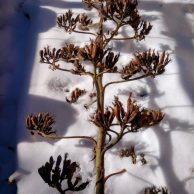
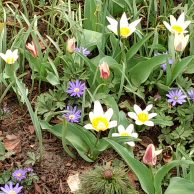
 Well, that was a false alarm!
Well, that was a false alarm!

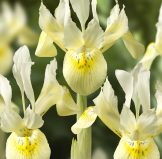 We go the extra mile to bring you special bulbs that other nurseries just don’t offer. Many of them are delightful smaller beauties at home in the front of the border, under deciduous trees and shrubs, and in the rockery. They are selling quickly, so be sure to come in to be sure of the best selection. Here is a list, and descriptions, of the fall and spring-blooming treasures for your home garden!
We go the extra mile to bring you special bulbs that other nurseries just don’t offer. Many of them are delightful smaller beauties at home in the front of the border, under deciduous trees and shrubs, and in the rockery. They are selling quickly, so be sure to come in to be sure of the best selection. Here is a list, and descriptions, of the fall and spring-blooming treasures for your home garden!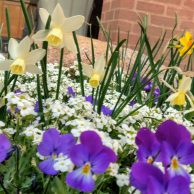
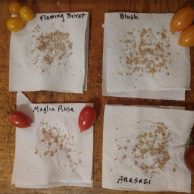 SAVING YOUR TOMATO SEEDS
SAVING YOUR TOMATO SEEDS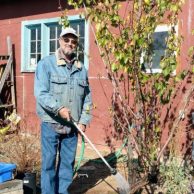
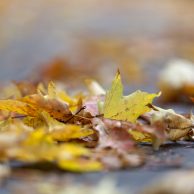
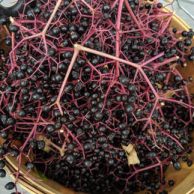
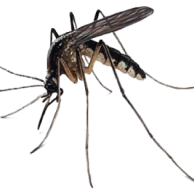
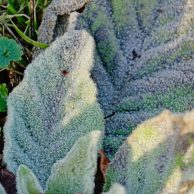
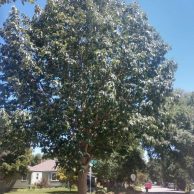
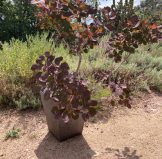
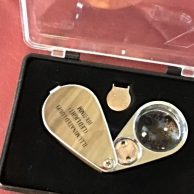
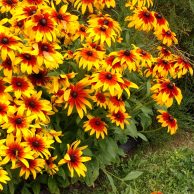 Fall is among the best times to plant perennials. While we may begin to wilt from late summer heat, many plants rise to the occasion and burst into bloom! As days begin to grow shorter, perennials spend the next few months developing root systems or taproots that delve well below the hot, dry surface soil. Pollinators depend on finding pollen and nectar sources through the entire summer, so it’s important to include late-summer and autumn bloomers in your garden.
Fall is among the best times to plant perennials. While we may begin to wilt from late summer heat, many plants rise to the occasion and burst into bloom! As days begin to grow shorter, perennials spend the next few months developing root systems or taproots that delve well below the hot, dry surface soil. Pollinators depend on finding pollen and nectar sources through the entire summer, so it’s important to include late-summer and autumn bloomers in your garden. 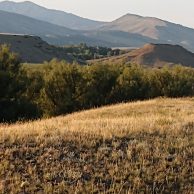
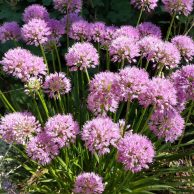
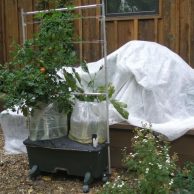
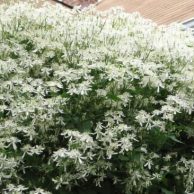
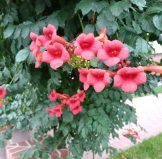
 from Mitten Lowe at
from Mitten Lowe at 